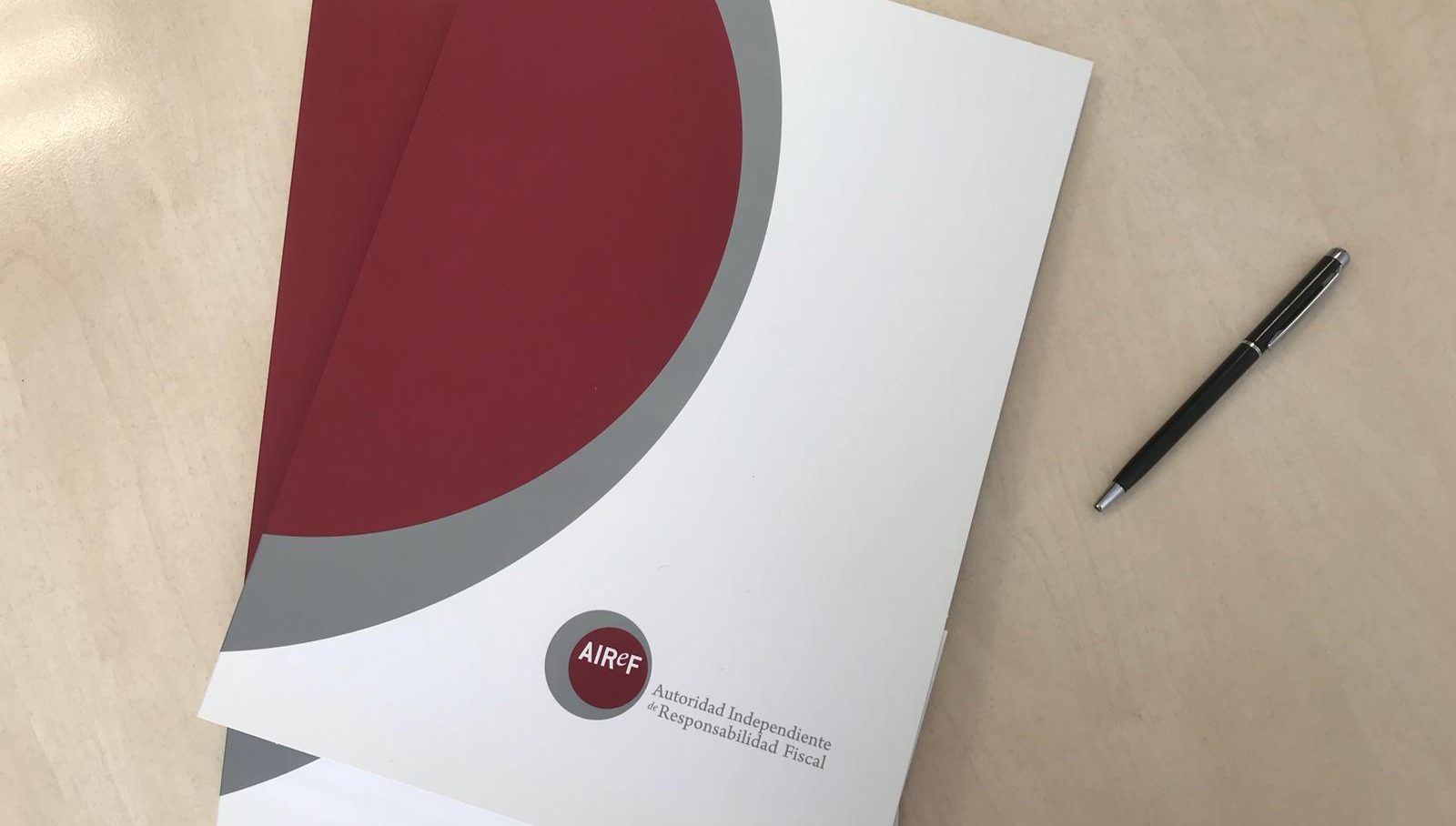
The Independent Authority for Fiscal Responsibility (AIReF) endorses the Regional Accounts forecasts that accompany the 2024 draft budget of Galicia, which include GDP growth estimates and its components on the supply and demand side in volume terms, along with the GDP in current terms, the implicit GDP deflator and employment for the period 2023-2024, that are different from the latest macroeconomic scenario estimates for the country as a whole.
According to the Organic Law on the Creation of AIReF, the macroeconomic forecasts incorporated in the draft budgets of all General Government sub-sectors must include a report from the institution indicating whether they have been endorsed. Although the analysis and macroeconomic and fiscal consistency of the budgets of the Autonomous Regions is of significant importance, AIReF indicates that the revenue of the Regions is fundamentally determined by the revenue under the Regional Financing System, subject to payments on account and their subsequent settlement. In this regard, the possible deviations from the macroeconomic outlook that underpins the regional budgets compared with what is finally observed may have less repercussion on what occurs in other areas of such public authorities as the State.
Galicia estimates GDP growth in volume terms of 1.9% in 2024. This forecast is lower than the range of forecasts made by other bodies for the Autonomous Region – although most analysts do not contain the recent revisions in National Accounts – and stands between percentiles 40 and 60 of AIReF’s estimates (central estimate of 1.6%). The nominal growth expected for 2024, the year for which the budgets are prepared, is slightly higher than AIReF’s forecast, although it is feasible given the significant volatility of the deflators in recent years.
These forecasts are made in a context of great uncertainty due to the materialisation of a number of risks identified by AIReF since the end of 2021, focused on the energy crisis, the persistence of inflation and tougher financing conditions. In addition, the latest information available on the Spanish Regional Accounts, published in December 2022, relates to 2021, which makes monitoring the regional economic situation difficult in an environment marked by the high volatility of macroeconomic estimates. Furthermore, this information is not consistent with the most recent estimates for the National Accounts deriving from the latest statistical revisions performed by the National Statistics Institute (INE) for the years 2020 to 2023, published on 18 and 22 September.
AIReF underlines that Galicia complies with the recommendation to submit, prior to the publication of the draft budget, the information on the forecasts that underpin this and the corresponding request for endorsement. The Region has also followed the advice on good practices to include a comparison with other independent forecasts, and to provide information on the econometric techniques, models and parameters, and on the assumptions that underpin its forecasts. AIReF stresses that Galicia has responded satisfactorily to the recommendation issued by AIReF since 2021 on the need to include employment estimates in terms of the number of people in the Regional Accounts.
Medium-term planning and RTRP
Given the importance of medium-term planning, AIReF stresses that it would be advisable for Galicia to extend the forecast horizon of the macroeconomic scenario beyond the period of the annual general budget.
As regards the Recovery, Transformation and Resilience Plan (RTRP) for the projected periods, as on other occasions, this Autonomous Region has included the results of the simulations of its estimated impact over the period 2021-2016 in the documentation submitted to AIReF.





